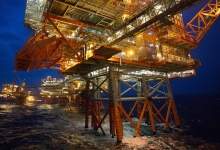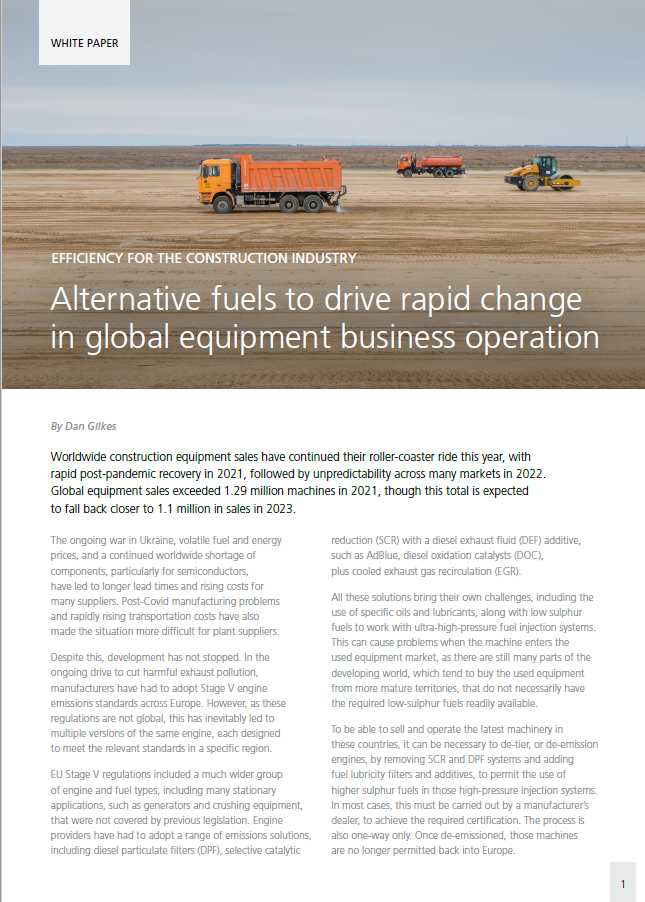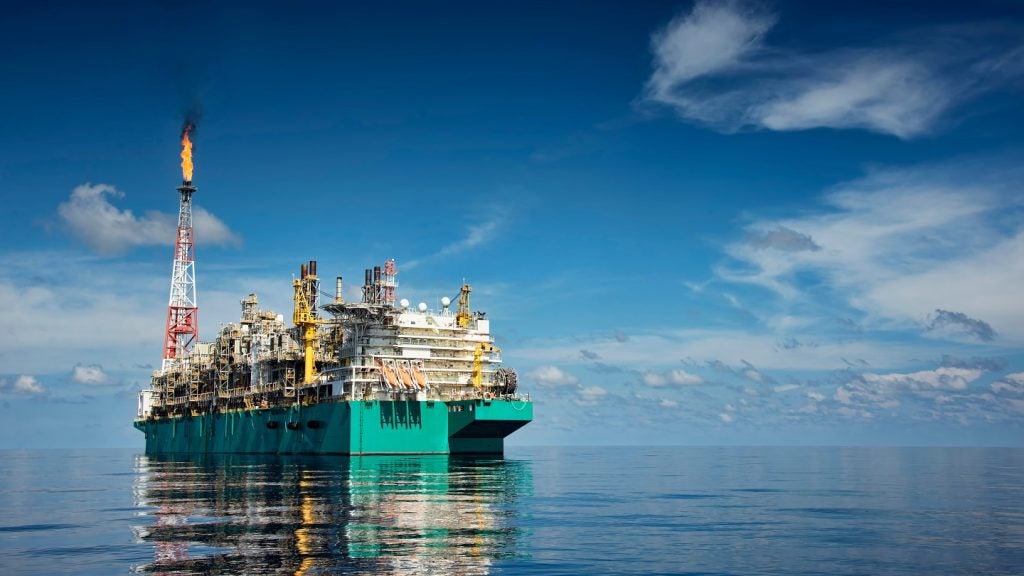

In 2006, a report by Deloitte roughly defined the digital oilfield as “the evolution and convergence of a number of oil and gas drilling, exploration, digital control technologies coupled with standardised communication technologies”. In truth the digital oilfield is a nebulous concept defined by progress in a multitude of fields.
But however you chose to define the digital oilfield, one thing is certain, its development promises to continue to revolutionise the industry – upstream to downstream.
The digital oil field has seen the emergence of technologies that can increase the life of a well, enable extraction from previously unrecoverable wells, improve safety and provide so much real-time data, optimising it has become one of the great challenges of the modern oil field. And it all started way over 30 years ago.
Pre-1980s: 2D seismic testing- multi-lateral well drilling
Horizontal drilling and 3D seismic testing were the first big technologies of the digital oilfield; the technologies date back to the mid-20th century. The first horizontal well was drilled in 1930s and a multilateral well was drilled in 1950s. During this time 2D seismic testing was widespread, the technology behind 3D seismic testing was only developed in the 1960s. 3D technology was considered far too expensive however and up until the 1980s only 100 3D seismic surveys were carried out in the US, according to the US Department of Energy (DOE).
How well do you really know your competitors?
Access the most comprehensive Company Profiles on the market, powered by GlobalData. Save hours of research. Gain competitive edge.

Thank you!
Your download email will arrive shortly
Not ready to buy yet? Download a free sample
We are confident about the unique quality of our Company Profiles. However, we want you to make the most beneficial decision for your business, so we offer a free sample that you can download by submitting the below form
By GlobalData1980s: 3D seismic testing takes off
Advances in computer technology allowed 3D seismic testing to be come standard, opening up many previously inaccessible oil wells for drilling. By the mid 1990s around 200 – 300 3D seismic surveys were being carried out per year in the US. 3D seismic surveys made it possible to ‘see’ below salt layers, which cover much of the continental shelf in the Gulf of Mexico. The technology was also made more economically viable during this time. Horizontal drilling technology was widely known but largely considered too expensive in the 80s, especially for independent companies.
The digital oil field could help address the industry’s labour shortage, but only if the right skills are in place.
Remotely operated vehicles (ROV) became essential to the industry during this time, the technology having been developed decades before by the US Navy. Two of the first ROVs developed for offshore work were the RCV-225 and the RCV-150 developed by HydroProducts.
1984: First completely steerable bottom-hole assembly
In 1984 the first completely steerable bottom hole assembly was developed, combining a high performance bit, a propriety navigation sub, high performance down hole motor and stabilisation. The technology was a precursor to the ‘drilling with a mouse’ technology that would be envisaged 20 years later.
Late 1990s: Horizontal drilling becomes more affordable
It wasn’t until the end of the 1990s that a typical independent oil company would routinely drill horizontally. By the mid 1990s, 2,500 horizontal wells were being drilled each year worldwide. In 1995, a DOE study found horizontal drilling could possibly be responsible for 10 billion barrels of US oil reserves up until that time. The first horizontal wells drilled in Europe were in the early 1980s by Elf Acquitaine and Institut Francis du Perole. Drilling of multilateral wells also became the norm during this time, with more than 700 multilateral wells planned around the world in 1997.
2003: BP’s Valhall field-seismic on demand
BP’s Valhall field, which started production in 1982, was one of the first to use a life of field seismic system, using a network of permanent buried cables to record 3D seismic data. In 2002, BP was one of the early adopters of 4D seismic data, which emerged around the year 2000.
The 4D technology revealed significant production induced changes to the field, so BP invested around $45m on ‘seismic-on-demand’ technology, which provided unprecedented potential to acquire high quality seismic data for reservoir monitoring. As well as providing a wealth of data it significantly reduced uncertainty. BP called the project Life of Field Seismic. In 2006, BP later added the same technology to its Clair field project, west of Shetlands in the North Sea.
Also in 2003, Exxon Mobil released its Fast-Drill Process, which increases the drilling process by 80% by using a continuous real time display of mechanical specific energy as a tool to enable changes in drilling parameters, to minimise the amount of excess energy being used which enables increased efficiency.
2005: Advancements in wireless technology
Wireless capabilities now provide the backbone of many digital oil field technologies. By implementing a wireless network, multiple automated platforms can be controlled from a central location, resulting in a reduction of personnel needed to monitor the individual platforms. It also allows small, unmanned single pile platforms to be operated and controlled from a manned platform, as well as data to be transmitted from sub-sea level to the platform.
Wireless Maritime Services, a joint venture between MTN and Cingular Wireless, developed a new generation of wireless that replaced the conventional satellite very-small-aperture terminal (VSAT) technology traditionally used. The technology enabled subsea wireless transmission via bidirectional microwave radios. This also improved the effectiveness and freedom of ROVs, which by this time were used as standard.
2006: Shell’s Smart Fields Technology
Shell’s Smart Field Technology, first used at the company’s Champion West field, offshore Brunei in the South China Sea in 2006, used sensors with fibre-optic cables to relay digital information on temperature, pressure and other field conditions to control centres. It enables engineers to continuously monitor production and make quick decisions on how to best extract oil and spot any problems, such as blockages. Workers can, for example, activate underground valves electronically to resolve a problem or increase production by better managing the oil flow. For 30 years the Champion West Field was considered too expensive to develop because it consists of oil reserves 2,000-4,000m (around 6,500-13,000ft) beneath the seabed in scattered reservoirs. The Smart Field Technology has made development possible.
Reliable, high-speed communications technologies are transforming the offshore environment.
2011: Managing data overload
One of the main challenges facing the digital oil field is to effectively use and integrate all the data that is collected. In 2011 GE Oil & Gas launched The Drilling iBox System to do just this. The Drilling iBox is a hardware/software solution that allows operators to turn existing data into useful information, such as reports and status updates for event sequence, cycle counts and both condition-based and predictive maintenance. In terms of making relevant data streams more digestible, a range of visualisation software from companies like Cyviz and VSG have also been released allowing complex information to be converted into clear graphics that make the decision-making process easier.
2013: Kongsberg and BP collaborate
In September 2013, Kongsberg, as a result of its collaboration with BP, announced delivery of a new real-time well-monitoring and early warning system to support well construction operations as part of its SiteCom Well Advisor software suite. The system is the first of several similar systems BP is evaluating for potential development and deployment to monitor a range of well activities and equipment, from drilling and cementing to blowout preventers. The project’s aim is to turn raw data feeds into information that can be used in real time. The technology, which consists of a series of dashboard-style consoles, is, according to BP, already deployed in more than 20 offshore operations worldwide.
2014: Present and future digital oilfields
Today there are hundreds of technologies developed to improve efficiency, assist deepwater drilling and provide better information for improved safety and disaster response, as well as improve information sharing and remote operations. However, for many companies, challenges still remain in rolling out the digital oil field concept to all its operations, as well as effectively managing the increased amount of data being recorded.
Shell see the digital oil field of the future as encompassing increased fibre optic wells and Advanced Reservoir monitoring, as well as ensuring all assets have the “appropriate level of smartness” applied to them. BP has similar goals to roll out its Field of the Future Technologies across its assets. If the oil price remains low, optimising all this technology and wealth of data it provides for enhanced oil recovery, increased safety and efficiency will remain paramount.



.gif)


